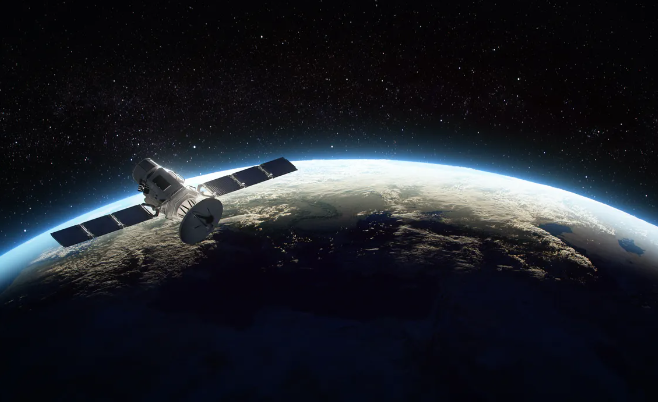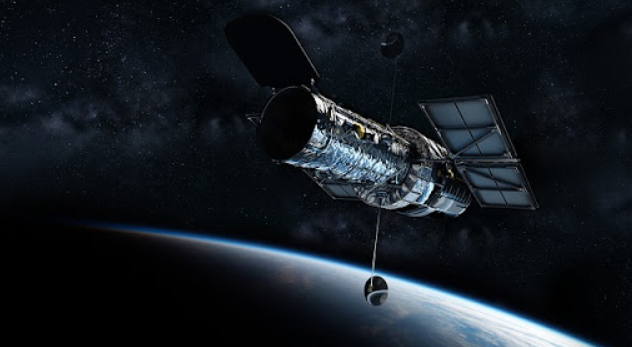Ghost gases: can you catch them in the act?

Hello, curious minds! 🌟 Today we are on a mission to discover the stealthy secrets of the air we breathe. Have you ever wondered if it is possible to see invisible gases? Imagine you’re at a magician’s show, and the magician performs an incredible disappearing act. Now, imagine those invisible gases as the master illusionists of the atmosphere, playing out their own version of “Now you see me, now you don’t!” Alright, here’s the scoop: The air around us is a mixture of gases, like nitrogen and oxygen, but there are also some sneaky gases, like carbon dioxide and methane. These gases are invisible to the naked eye, making them the ultimate escape artists!
Think of it this way: you’re at a party and everyone is dancing and having a good time, all of a sudden a couple of party crashers slip in unnoticed. They don’t look any different but they sure change the mood of the party, likewise invisible gases join the atmosphere party without a flashy entrance but boy do they pack an impact! So, can we catch these invisible intruders red-handed? Well, scientists have come up with some cool tricks to reveal their presence, one of these tricks involves using special tools like spectrometers. Think of a spectrometer as the ultimate detection device, it can identify gases by analyzing how they interact with light.
Picture this: You are trying to find out who has been eating your cookies at home. You set up a hidden camera that captures the cookie thief in action, similarly, spectrometers “capture” the fingerprints of invisible gases by looking at the unique patterns of light they absorb or emit. Just as every cookie thief leaves a unique trail, every gas has its own signature in the world of light, have you ever heard of ozone? It’s like Earth’s sunscreen, protecting us from harmful ultraviolet (UV) rays. Turns out there’s an invisible gas called ozone up there, scientists use spectrometers on satellites to track ozone levels to make sure our ozone layer doesn’t turn into Swiss cheese.
Think of it as the ultimate game of “Where’s Waldo?” in the sky. Ozone is Waldo, and satellites equipped with spectrometers are the sharp-eyed players, they can spot ozone even when it’s playing hide-and-seek behind other gases. So while we can’t exactly see these invisible gases with our naked eyes, we do have a great scientific eye working for us, it’s like having X-ray vision goggles help us spot the invisible players in the atmospheric setting.
And there you have it, the enchanting story of ghostly gases that fade from sight but leave a trail for science to discover. So, keep asking those questions, fellow explorers. The more we ask, the more we unravel the mysteries of the universe: one invisible gas at a time!





Responses